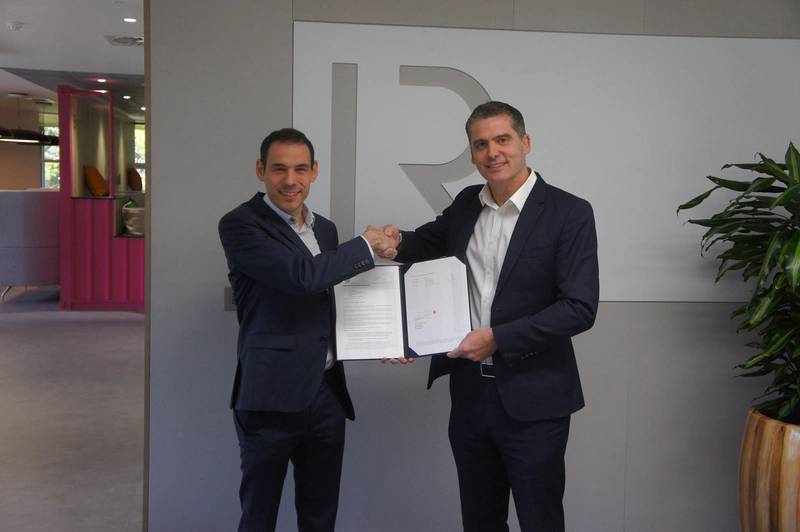The Geological Disposal Facility (GDF) project in Britain, which aims to store the country’s growing amount of radioactive waste, has become the most expensive and lengthy major infrastructure project. The project has been delayed for so long that the country now needs to tunnel through 36 square kilometers of rock to create a massive underground cave. This cave will contain radioactive waste accumulated over seven decades of civil nuclear electricity production.
According to estimates from scientists at the Nuclear Waste Service (NWS), the project will take more than 150 years to complete at a total cost of $83 billion. This cost surpasses other major construction projects in the UK, such as the Hinkley Point C nuclear power plant and the HS2 London – Birmingham railway. The volume of radioactive waste alone requires space equal to 8 Albert Hall auditoriums.
Due to the long half-lives of radioactive materials like plutonium and uranium, long-term and costly measures like the GDF project must be taken to safely store nuclear waste. Without a place to store waste, the nuclear industry cannot be sustainable. Environmental organizations are organizing protests against the project, citing concerns about the impact on tourism in areas like Mablethorpe and Copeland. The debate over nuclear waste management and the construction of the GDF project continues to be a contentious issue in Britain.
The completed GDF project will need to be even larger to account for additional waste generated by future nuclear power plants. There are two potential locations under consideration, one off the coast of Lincolnshire and the other off the coast of Cumbria. Workers will dig deep tunnels to create giant silos in impermeable clay and mudstone for the ultimate repository of nuclear waste.
The GDF project is facing significant challenges due to its high cost and long timeline. Many people are questioning whether it is worth investing such large sums of money into an infrastructure project that may not even be needed in 150 years.
However, environmentalists argue that it is essential for safe disposal of nuclear waste as it poses significant risks if left uncontained or improperly stored.
In conclusion, while there are many questions surrounding this controversial project, it remains clear that some form of solution must be found soon if we want our country’s energy production industry



